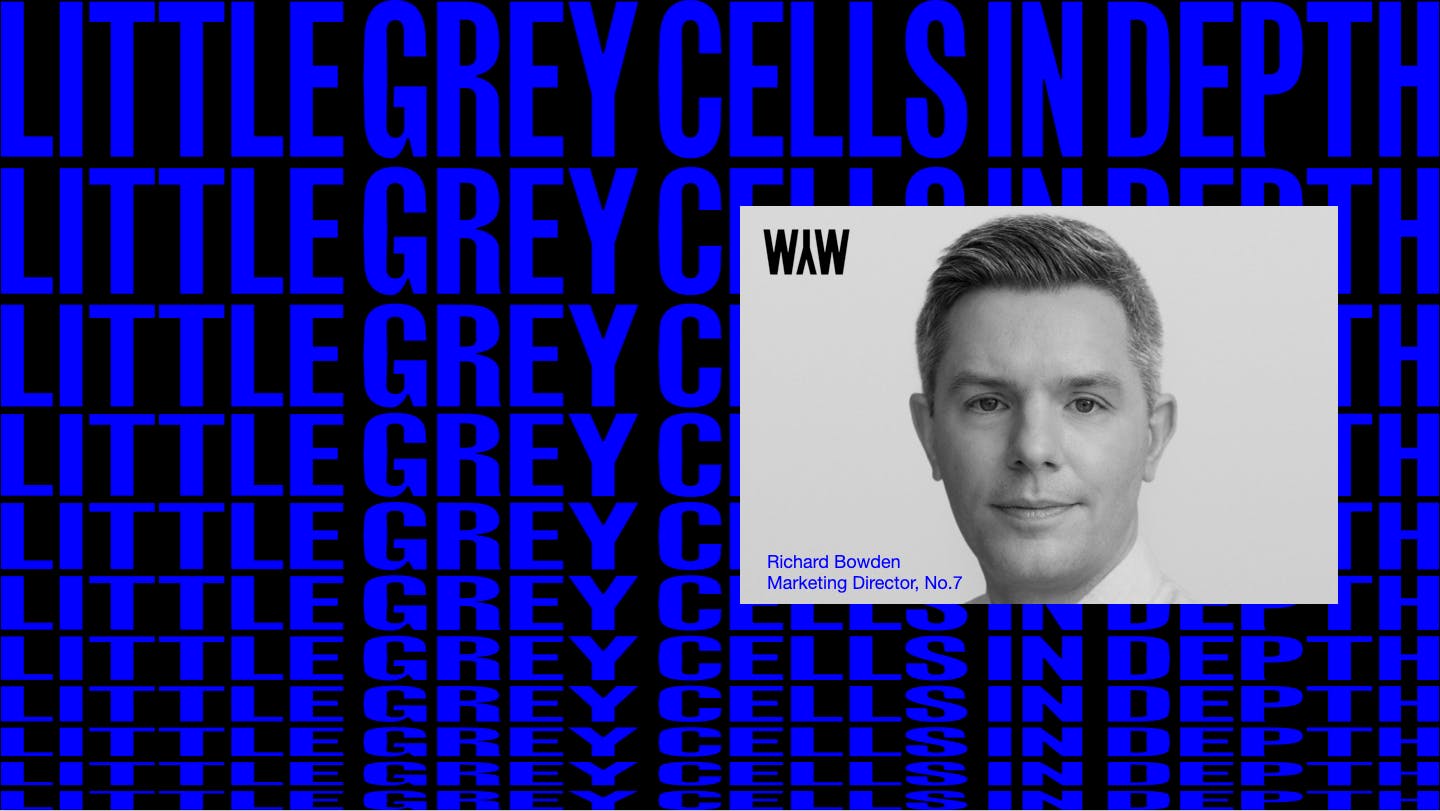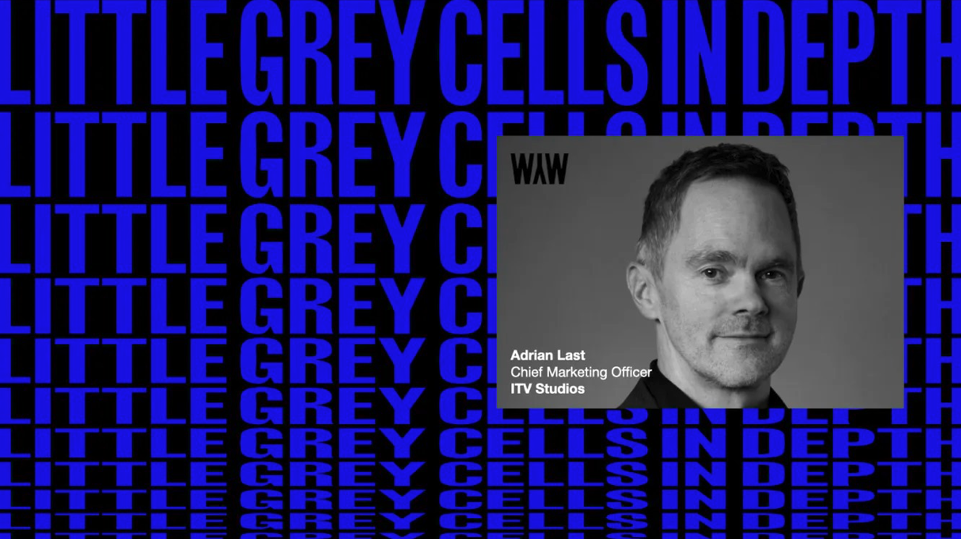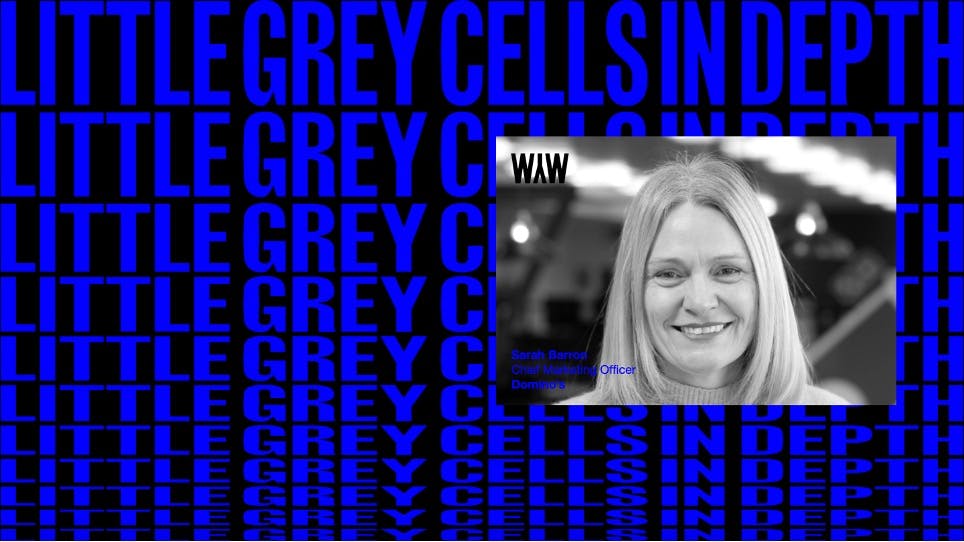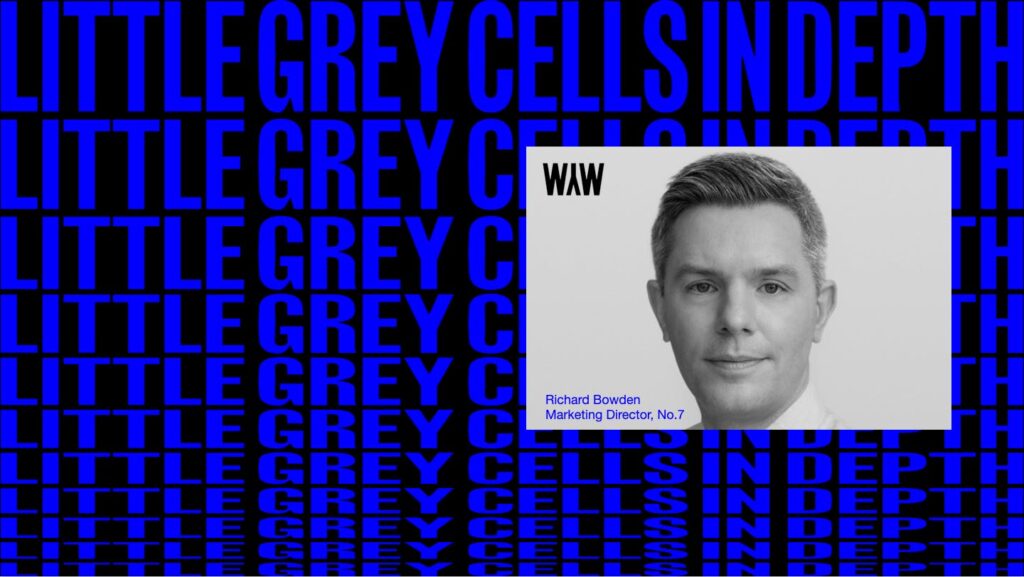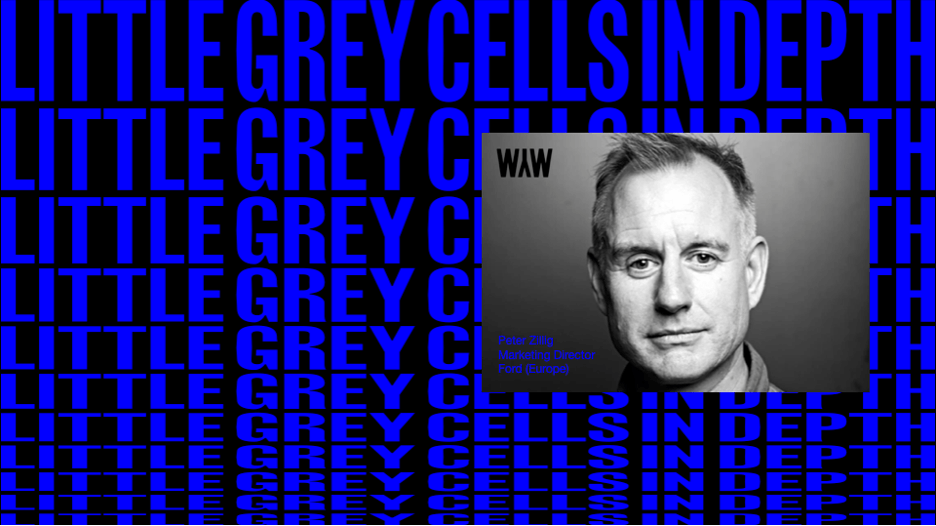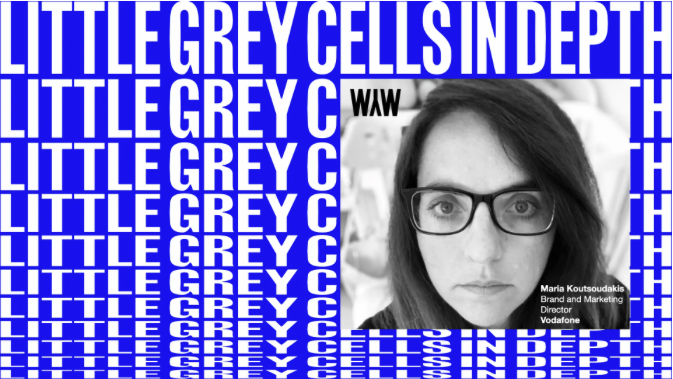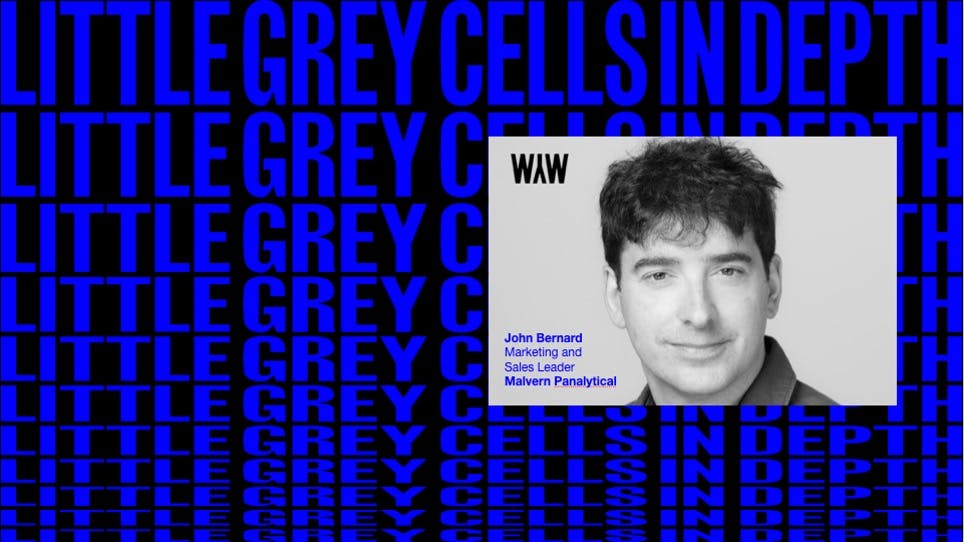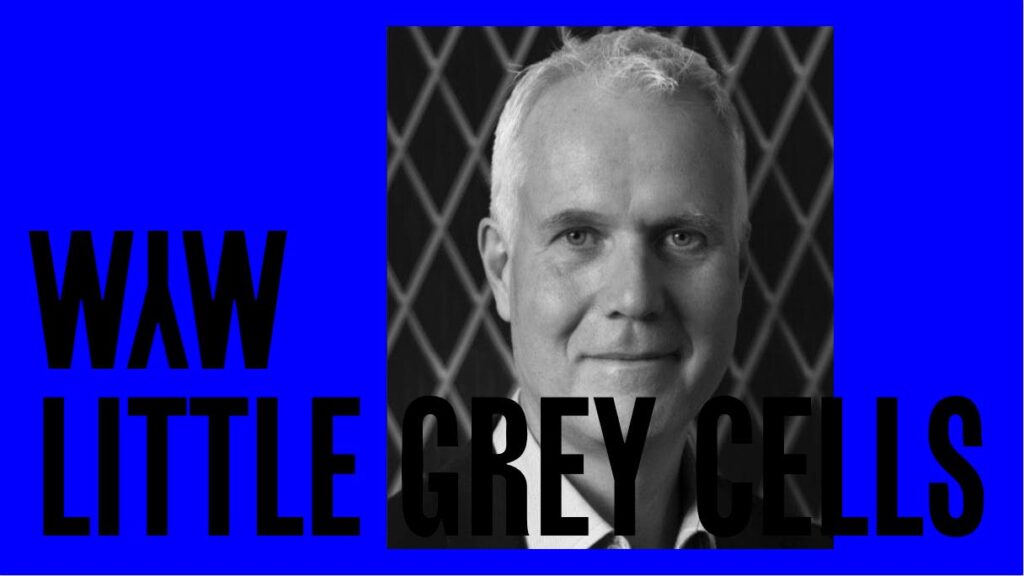Originally published: November 03, 2023
Little Grey Cells: You’ve had a impressive career moving from agency to client-side. Please share your journey to No.7.
Richard Bowden: I’m going to start at College because I’m a bit of a frustrated creative. I can’t draw for toffee but I was into the world of design. I also loved adverts. I grew up in the 1980s, with super-memorable ads by the likes of British Airways and Guinness. I was taken in by this world and it looked like a lot of fun as well.
I was also interested in what makes people tick as well and I believe that came from moving around as a child. I moved from living with my mum to living with my dad, I changed schools and I was just fascinated what drives people to think and act how they did how they did.
I saw that marketing combined both those areas, so I post college I began working agency side: I joined a tiny agency one summer holidays. I banged on their door to say ‘please let me work for you for free’. And they obliged. So I started off at Dynamo Marketing a beautiful agency, and I learned my craft – working with wonderful brands like Coca Cola and Birdseye – I absolutely loved it.
Next, still agency-side, I joined an agency called Tequila which was part of TBWA. I moved to Australia, working for BBDO, and then moved to the media side, working for a radio company, and got a great understanding of media ownership and learned how to sell media inventory.
I flew back to the UK and ‘crossed over’ to what they call client-side. If I am really honest, I wanted more control and ownership of the marketing plan. My goal was to become a Chief Marketing Officer. I loved the idea of creating a marketing plan and building brands. I joined British Airways (BA) and was able to combine my love of digital and data that I had learned in my time at creative agencies.
At BA I worked with a fantastic team that launched the BA mobile app, and then was engaged on on relaunching the brand with a Abi Comber as part of the Global marketing team. She is an amazing CMO. I learned all about brand building from her. We reignited the BA brand, sponsoring the London 2012 Olympics all under our strap-line ‘to fly to serve’.
Next, I worked for Unilever and I fell in love with the beauty industry. I found it allowed me to focus on emotional engagement – but also you could be super effective. In beauty we solve real problems that our customers see in the mirror. I had returned to ‘younger me’, loving artistry and art and design and understanding what makes people tick. Beauty for me combines those two passion areas.
Here I learned how to run digital marketing hubs for Unilever and worked with some amazing brands. Next I settled at No.7, which also has its own iconic brands. No.7 cosmetics and skincare is an absolute behemoth of a brand that consumers want to us to build greater emotional connection and love, underpinned by groundbreaking science at an affordable price. My mission is to re-engage customers with the No.7 brand and the other brands in the No.7 portfolio: Soap and Glory and Liz Earle.
I have learned that I’m attracted to brands which could be seen as big change projects: where there’s the opportunity to change the way a brand does their marketing or they brand needs help to re-establish smaller brands. From British Airways to No.7 – the mission has been the same: how do you re-establish brands in the hearts and minds of consumers?
LGC: The No.7 brand is almost 90 years old – established in 1935 it is positioned as both premium and yet affordable. How do you square the two in marketing?
RB: For me it’s about perception: when customers go to the shop they need to be surprised by both the offering and the quality of the product. It might be the science behind the product or how effective it is – and then there’s the price. There need to be “wow” moments. We do loads of qualitative and quantitative research to validate this.
We also invest more in the products: both in the science and the product’s overarching offering versus our competitors – this is hugely important. The No.7 brand is exclusively sold at Boots stores which gives us scope to explore this and deliver that “wow” moment.
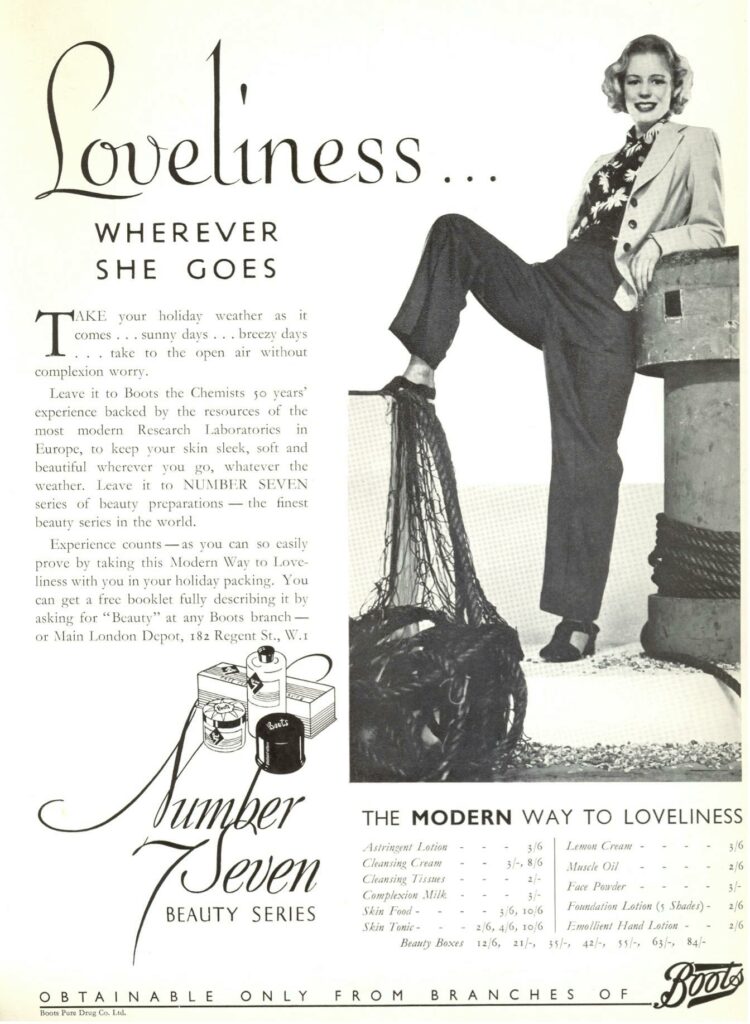
LGC: Looking at the co-founder Florence Boot – of Boots – she was a business trail-blazer and philanthropist. Since the brand’s inception No.7 has championed female empowerment – from its bold early print campaigns – featuring women wearing trousers (tame by today’s standards, but at the time this was ‘punchy’) – to the present day: how do you see this heritage manifesting in your marketing today?
RB: I think it’s absolutely fundamental. It’s one of our core pillars. In a recent project, we launched a new range, No.7 Menopause Range. This was co-created with 4200 perimenopausal and menopausal women. We also made sure that in every Boots there was an expert ready to offer advice and support to menopausal /perimenopausal women or people just interested in the range, who perhaps wanted to know more.
Launching this range was more than ‘just launching some products’: we provided in-store support and we are driving debate. We partnered with Allbright which is a fantastic organisation championing discussion around the impact of perimenopause and menopause on women on their careers – as we know the lack of support causes women to leave their job. That is just not right. Shining a spotlight on these problems is something that’s very much at the heart of what we do, what I’m really proud of and want we will do more of at No.7.
Our ‘north star’ is make sure we are proud of our work: and that is the essence of the work Florence Boot began. There’s also our work with Macmillan Cancer Support which again we have achieved by training our advisors. We carry that thread from Florence through to the present day and there’s lots more to come. Florence’s ethos is at the heart of our brand and as the marketing director, I take that really seriously. It’s something I learned from my time atUnilever: we don’t just ‘say’, we make sure we do good as well.
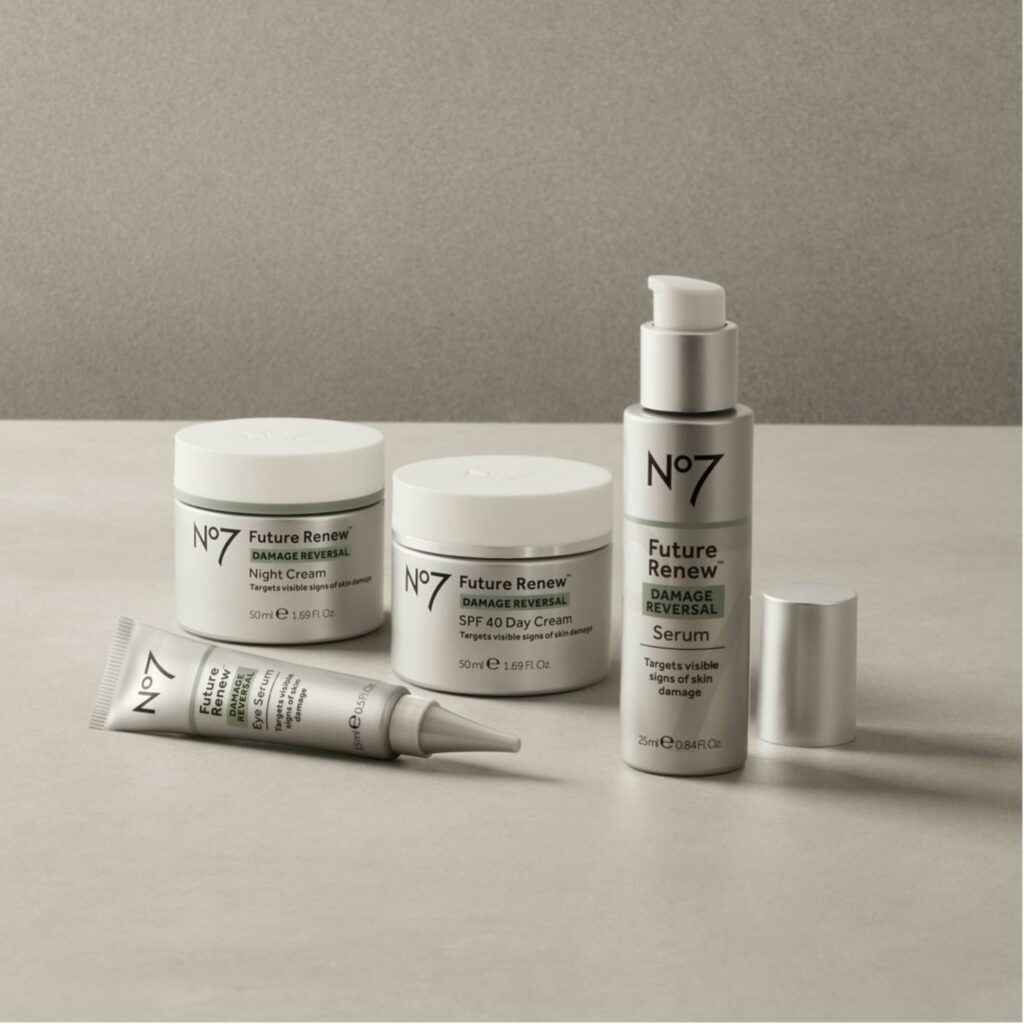
LGC: What campaign or initiative at No.7 Have you most enjoy being part of?
RB: It’s probably the most recent: our launch of the No.7 product: Future Renew. Our CEO told me: “It’s got to be the biggest thing we’ve ever launched.” We’ve had the stats back, and I’m very proud of my team as it was the biggest beauty product launch – to date – in the UK. It has also been an absolute joy to work on.
Now if you go back through history, No.7 have done some ‘mega launches’ – so we assembled a team and began to plan. We mapped out the phases and decided we would be innovative and shake up and how we approach things. We leveraged PR, influencers, social – all of those fundamentals and we found new ways to buy media and used advantage card data. The campaign had all the key ingredients to make it a huge launch.
And then: we had queues outside the stores. We crashed the Boots website. Future Renew has been a huge success for us. And we are very grateful, because no matter how good the message is, ultimately it’s all down to the product: is it good enough? Do our customers love it? The answer is a resounding ‘yes’. I feel incredibly grateful to the scientists and everyone who helped to create the product. And our job was to launch it and it is flown.
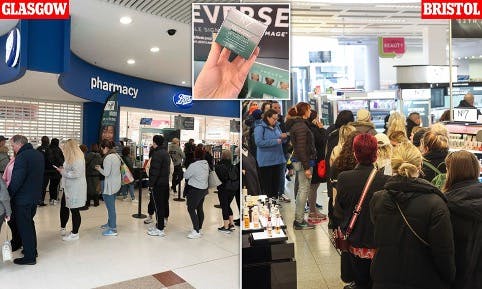
LGC: Science versus art: with scientific data driven marketing at one end of the spectrum, and genius creative ideas, the other Where do you lean or how do you get the best balance?
RB: I always try to aim for the middle because you can’t have one without the other. That’s the obvious answer. I lean slightly more towards the art because that drives the emotion and the connection that we’re looking for. And the data helps to form that. But how do you get to create the balance? I think that’s the ongoing challenge, right?
Great marketing is about not losing sight of the fundamentals. I challenge myself is to keep reading, keep looking at those key marketeers that you recognise are delivering great work: talk to them, build your network, and listen to the people who make sense.
For me, it’s without a doubt, a leading light is Mark Ritson. He’s fantastic. He keeps it real. I understand what he’s saying. He’s direct. He’s not afraid. He’s open and curious and he’s also open for people to challenge him too. I think that’s really refreshing. I think the reason why marketers love him so much. It is a rare skill to be able to turn a lot of very complex thinking and often scientific based papers that no one’s got time to read – or seek out or find and express it in a way that you can understand and that you can then practically apply too.
Rory Sutherland is another thought-leader I look to as well – his point of view is really interesting too. But back to ‘art versus science’. I think it’s you need both and you need to keep them in balance. But in all honestly, I’m slightly skewed towards art.
LGC: When, if ever, is it acceptable to use AI in marketing? Or should it always be a human?
RB: I think when applied properly with a reason AI is super powerful. I think the problem with AI, is that when new technology arrives – first of all, it gets a lot of a hype, a lot of attention, and people start to use it for bizarre reasons. And that’s where it gets a bad name.
But for me, there’s two areas where we have applied it. One is ‘short-cutting’ big data. So how do you use it to accelerate modelling, for example? How do you drive it around analytics to shortcut all the hard work to get you to the answer faster, quicker, more accurate and removing human mistakes. That’s a key area. Manipulating big data for a better world is good.
The other area we’ve been using it is helping to build greater creative thinking: especially around concepting. I think it is a very powerful tool to help people visualise an idea. And we’ve extended that into multivariant testing around creative and content.
But I still think you always need a human to make sure that there are consistent brand codes and so that ‘the feeling’ is there. I still believe in the power of the human eye.
In summary I think AI is a short-cut when generating concepts. We’re starting to see AI being used in media planning, segmentation. I’m really interested about how that helps us plan more effectively as marketers.
LGC: What have you learned in your career journey that enables you to get the best out of your marketing teams?
RB: Support them and just be yourself. When I started out, I thought I had an idea of what a manager should should be. It was so far from what the truth is: the more you can be your authentic self and actually really care about your team and really support talent, the better person and better leader you’re going to be.
How you serve your team is crucial. Give them support, give them the encouragement to be brave. I’m a big believer in intelligent bravery, not just bravery for the sake of it – thank you Rory Sutherland.
And, as I mentioned, I’m really fascinated by ‘what makes people tick’. You know, I feel very grateful in my role and I get a huge joy from seeing people succeed and championing their work. I just love it. The more I can do that, I’m going to be a better person, and be even happier.
LGC: There seems to be a slow return to marketing diligence as opposed to what Mark Ritson refers to as ‘tactification’ where people leap over the key stepping stones of research and strategy and start dispensing marketing tactics. What message would you have for any marketer tempted to leap-frog and not be diligent?
RB: You’ve got to be diligent. We need to understand why people leap-frog? Often they don’t understand – so there’s a need for education around understanding the marketing process and the importance of following it.
Marketers are under pressure – which is where much of the drive for short-termism lies. Short-cutting the marketing process means that you could run the risk of missing something that’s fundamental. This is where the process comes in: you can follow your workings back and reverse engineer things.
Marketing isn’t just creative, isn’t just not it’s the discipline around segmentation – it is understanding innovation, product cycles, whitespace in store – all the other bits and pieces, before we have even got to ‘what’s the product?’
There’s a lot more that marketers should be doing – reinforcing the value of marketing, what it really means. Sometimes it’s just seen as a creative discipline. And it’s so much more than that.
LGC: The politics of marketing in bigger business: Have you any tips on how to navigate the choppy waters of big business organisations, for example, where a considered marketing plan gets push back from the C-suite?
RB: I think it is key to understand your business: the drivers for every business are unique. Understand the culture of your business, and understand how it operates. What is the C-suite actually looking for? What are the metrics? What are the things that keep them up at night? Sometimes marketers forget: we get sucked into our own worlds, and only have ‘marketing thoughts’.
For example, I learned when working at British Airways that at its heart it is an engineering-driven company. It likes its numbers. It does safety really well – it has to. Everything’s thought out really carefully. And that’s like a lot of company culture. A marketing plan, even the way you present to the C-Suite has to be numbers based evidence based and given meticulous consideration.
How you might express the marketing plan at BA, would be very different, for example, versus a consumer packaged goods company like Unilever or a company like No.7. which is more about beauty. When presenting to the C-suite, know your audience: using your marketing skill set to market your marketing plan.
I think marketers are often guilty of overcomplicating things – sharing our passion for technology and often going into far too much detail. We might create a thousand slides worth of marketing stuff – where one slide would probably do. We should keep it really simple: what’s the job to be done? What are you trying to achieve? How are you going to do that? It’s harder than it sounds really hard to do. Simplifying the complicated is really important.
Finally I would add: be brave. Be brave with intelligence. People love to be excited – they want an audacious goal. At Unilever I was tasked with building ‘a billion relationships’ – I was given 12 months to do achieve that goal. They said: “We don’t know how – but just do it”. It was a great goal and it drove so much change.
LGC: How do you go about balancing the need for longer term brand building and short term sales activation?
RB: Of course one needs to keep them in balance. I manage the marketing for a portfolio of brands. Each brand is in a different stage of its growth cycle, some of the smaller brands need more effort applied to the long-term brand building – understanding your new customers, working on awareness: building on appreciation for the brand.
But at some point in your marketing mission you need to get those sales conversions – and the smaller brands present more of a challenge. You need patience because it can take time – but it will come and you’ll start to drive that return. With bigger brands you have to do both. I am always monitoring brand metrics and profitability. They’re the two things I’ve got my eye on every week – I am constantly asking myself: am I ultimately building a sustainable, profitable brand. Is there a greater desire, advocacy and love for the brand?
When I’ve had to work on brands that need to be reignited – brands that need help to return to their old glory days – they’re often the ones that hadn’t had enough work being put into their mass marketing communications – or ‘the long of it’. Because these brands have let the brand marketing slide, and focused more on sales activations – it takes around three times the investment to get the brand back to where it was. If the brand had maintained a careful balance of balance of the long and short all the way through, it would be in a much healthier position.
LGC: In a world ever changing marketing, what challenges are No.7 facing in 2024?
RB: Re-igniting interest in skincare and cosmetics is definitely the focus for us. Moving forward, we’re exploring new ways of using ‘white space’ areas in stores. The pressure for me is on making sure all the various plates – the different rand, products and our chosen communications channels are all spinning and working.
What makes No.7 unique is our history: the quality we talked about – and keeping that alive is really important. We’re fortunate to be growing as we are with the other brands on my watch. They’re like children – each with their own unique personalities and needs. My job is to cater to those different needs, and ensure that we drive that growth and continue to build that consumer love.
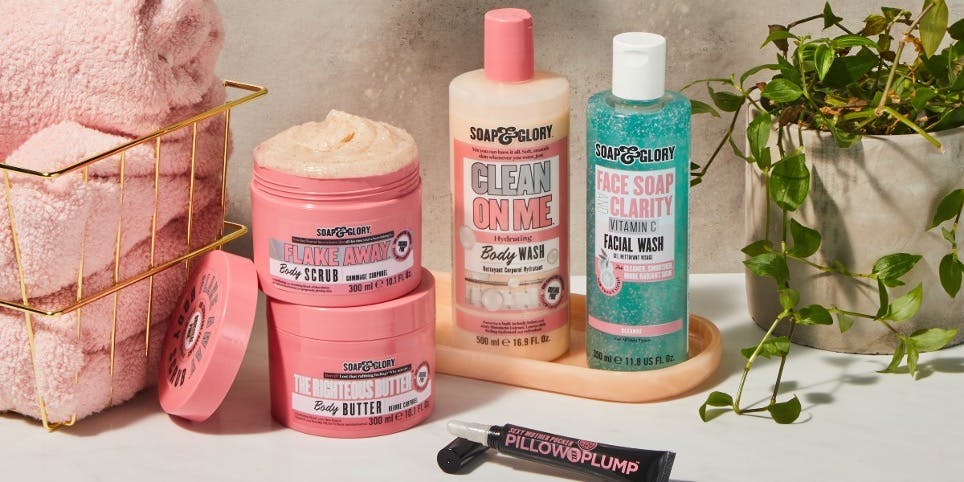
As marketers, that’s what we love, because it means that we have to use different muscles in our brains to support different products: premium skincare (like No.7), for example – versus Soap and Glory, which is a more indulgent bathing or bathing and body care product. We have lifestyle brands versus more efficacious brands – with Soap and Glory we are sponsoring the Capital Jingle Bell Ball. With Liz Earle we are championing the all natural ingredient ‘Cleanse and Glow’ product – which is very different again.
On No.7, as I mentioned – we have a load of activations around the menopause planned – but also we are also focusing on another product – Derm Solutions – where we are attracting a new younger audience – playing across loads of different media channels – from TikTok to influencers.
I think that’s the joy of marketing, isn’t it? You’ve got explore all the ways that help you to drive real business – profit driven results – but equally you have to make sure you’re building that demand. If that isn’t the long and short of it – I don’t know what is.
LGC: How important is storytelling when maximising your customers engagement with the campaign?
RB: Huge. How do you tell your story in a compelling, interesting way? The way one crafts a TV ad or a press release: they’re very different in tone. And you need to get it right. So I think storytelling is immensely powerful. I’ve done my share of creative writing in my agency days, but great work hinges on a clear creative brief. We mustn’t underestimate the effort that goes into that the single minded proposition: that’s the essence of the story.
At British Airways we had some great shoots. Working on the ‘To fly to serve’ campaign, we had an epic story, taking everyone back to the golden age of biplanes in 1918 and then following the evolution of flight from biplanes to Concord and then on to the A380.
I remember being excited to be on the Concorde when they were doing the shoot but once inside the aircraft I found that as the plane was no longer in use, all the seats had been stripped out, and in their place were… all these old magazines. We filmed passengers looking like they had emerged from the luxury experience of Concorde for the campaign, but in fact in this case, moments before, they’d been sitting on these old BA flight magazines from the 1980s.
LGC: Creative agencies rail against time and resources spent working on pitches to win accounts? Is there a realistic, fair alternative to a pitch process?
RB: It’s a process that hasn’t really changed for years. Is there a better way of doing it? Probably. I’m acutely aware of the amount of effort and cost that agencies put in to the process. Ensuring the brief is precise and clear, and the business is ready for a change is fundamental. In turn, the agency that is pitching needs to be convinced of this too.
There needs to be clarity and trust. In terms of the investment, I’m really keen for caps. As businesses we could be more clear about time and budget. I think that pitches put a lot of pressure on agencies, I’ve certainly worked on my fair share of pitches when you lose work – those nights, you work through the night and weekends. And it’s, it’s heartbreaking. That’s not particularly efficient or right for the agency. So I think that’s why cap around time resource would be helpful.
LGC: If there’s one thing you’ve learned about marketing it is?
RB: It’s a load of fun to drive a lot of love around a brand. The thing I discovered is that along the way, you learn so much about yourself. I’ve learned so much in this career about who I really am as a person. And I don’t think I’d get that from any other profession. So I’m very grateful for that.
